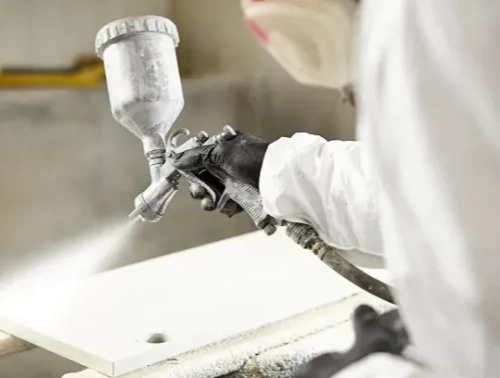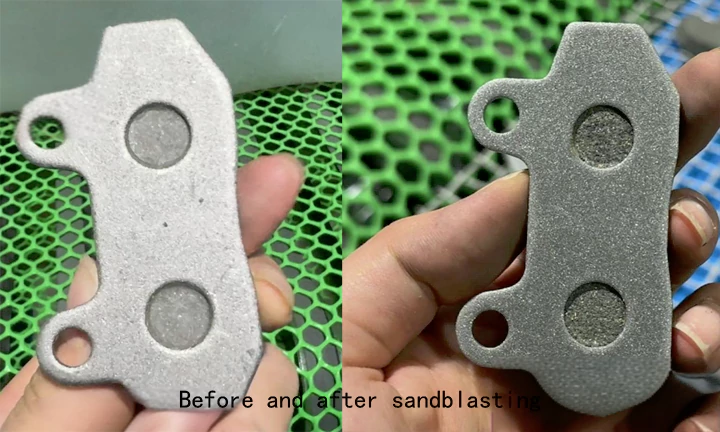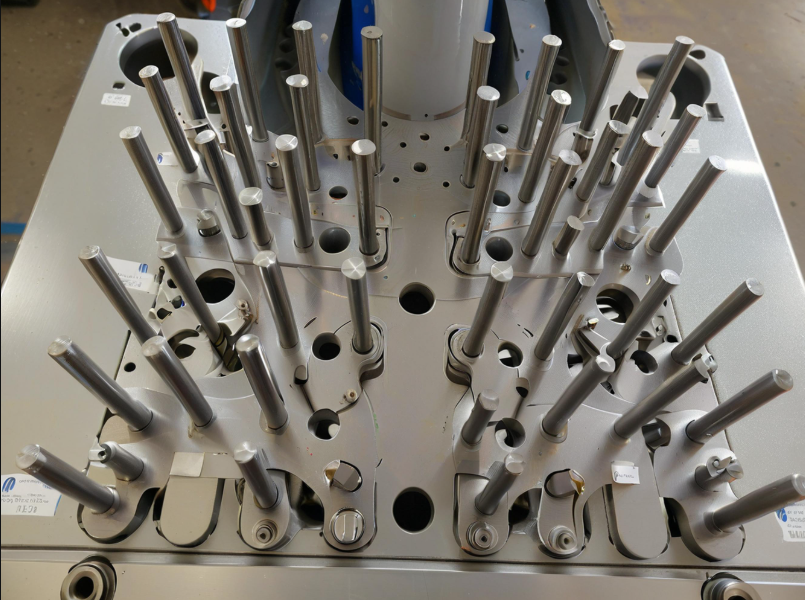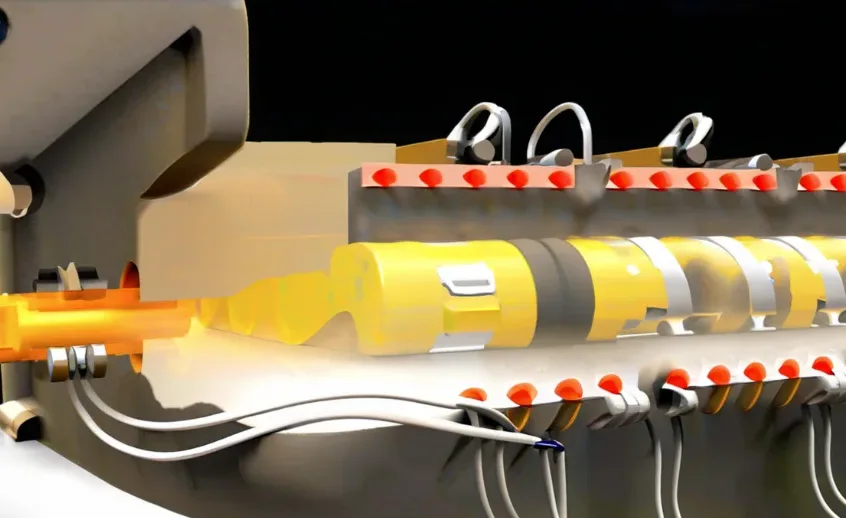Table of Contents
What is Sandblasting?
Sandblasting is a widely used surface treatment technique in the machining and prototyping industries.
It involves propelling high-speed abrasive particles (such as sand, glass beads, or steel balls) against a workpiece surface to remove impurities, smooth rough areas, and enhance aesthetics.
Beyond cleaning and deburring, sandblasting also creates matte or textured finishes ideal for decorative or functional applications.

Core Applications of Sandblasting
Silicone Mold Sandblasting
Sandblasting removes visible tool lines from silicone molds, helping prevent rust while achieving a smooth, clean surface for higher-quality mold performance.
Fine Etching for Plastic Molds
This technique engraves fine textures or bumps into plastic molds, enhancing their decorative appeal and tactile effect.
Pre-Oxidation Surface Treatment
Before oxidation, sandblasting evens out metal surfaces and creates a uniform texture, improving the appearance and consistency of the oxidized finish.
Handpiece Surface Refinement
In handpiece manufacturing, sandblasting removes burrs, paint, and tool marks. This significantly improves surface quality, ensuring consistency, smoothness, and a refined look.
Broad Scope of Sandblasting Applications
Sandblasting is suitable for various materials beyond metal, including plastics, glass, and ceramics. Common applications include:
Metal Rust and Scale Removal
Sandblasting completely eliminates rust, oxides, and surface contaminants from metal, restoring its original shine and boosting corrosion resistance.
Aluminum Alloy Treatment
Used in aerospace and automotive industries, sandblasting enhances the corrosion resistance, durability, and aesthetics of aluminum alloy parts.
Decorative Glass Finishing
Sandblasting creates matte textures on glass surfaces, widely applied in architecture and luxury appliances for a frosted, stylish effect.
Plastic Deburring
Plastic parts benefit from sandblasting, which removes burrs and leftover mold residue for a smoother, polished finish.
Acrylic Surface Texturing
Sandblasting introduces a matte effect to acrylic, reducing glare and enhancing appearance, especially for display and lighting components.
Polycarbonate (PC) Enhancement
Common in automotive and lighting applications, PC sandblasting improves surface uniformity and decorative appeal.

Choosing the Right Sandblasting Material and Process
The choice of blasting material significantly affects the final surface effect. Matching the right abrasive to the workpiece material and desired finish is essential.
1. Acrylic Sandblasting
High Haze, Strong Atomization:
Use glass sand or white corundum. Their high friction creates a coarse texture and excellent diffusion of light.Low Haze, High Transparency:
Glass beads are ideal. Their finer grains preserve transparency while creating a soft matte finish. For enhanced translucency, a small mix of glass sand can be added.
2. Stainless Steel Sandblasting
Material Matching:
For polished or tensile-finished alloy steel, choose abrasives based on surface conditions.For Rough Finishes:
Use brown or white corundum for aggressive surface texture.For Smooth Finishes:
Opt for glass beads or fine glass sand for delicate, uniform surfaces.
3. Die Casting & Low Alloy Steel Treatment
Shot Blasting with Cast Steel Balls:
Shot blasting machines use steel balls to efficiently clean die-cast parts, removing rust and surface contamination.Aluminum Alloy Brightening:
To achieve a clean, white surface, stainless steel or steel wire shot is preferred. For cost efficiency, mix cast steel balls with continuous steel shot for balanced results.

Conclusion
Sandblasting is a powerful, versatile surface treatment method essential for improving the visual and functional quality of a wide range of materials. From metal to plastic to glass, selecting the right sandblasting technique and material ensures optimal results.
Whether you aim for smooth finishes, improved corrosion resistance, or decorative effects, the right choices in sandblasting can significantly elevate your product’s value and performance.



